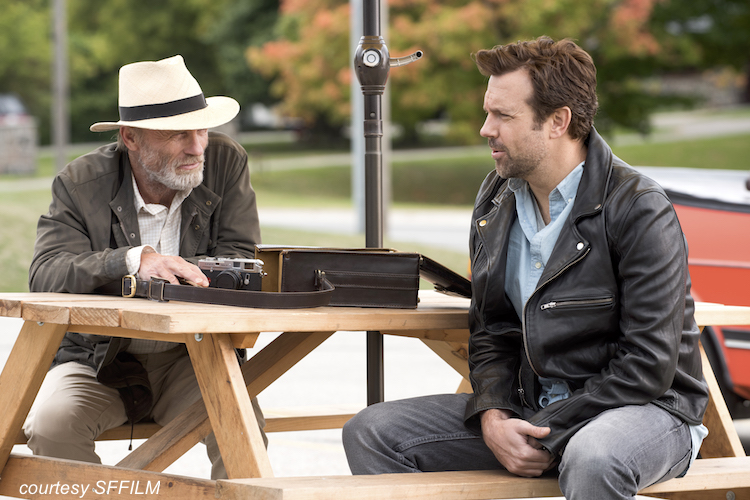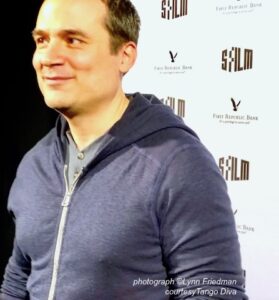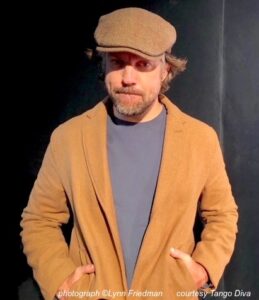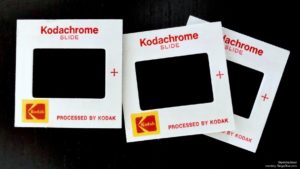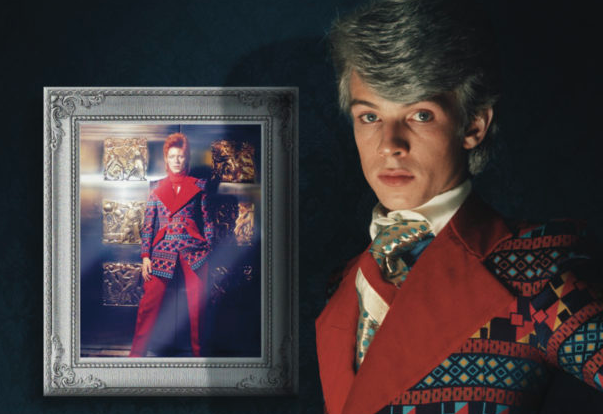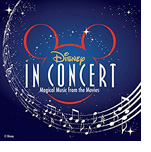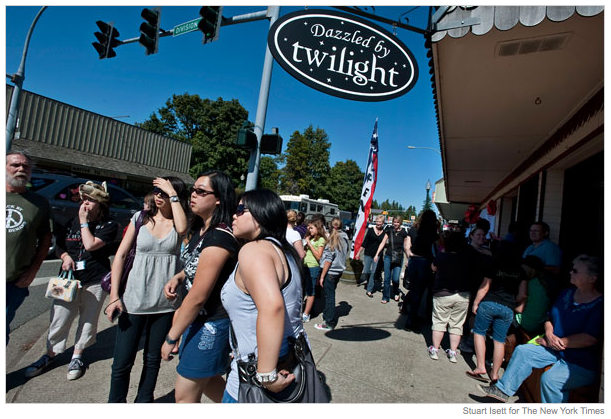Kodachrome: Film Review
KODACHROME:
“Everything in life is somewhere else, and you get there in a car.”
— E.B. White, One Man’s Meat
Kodachrome imagines one such road trip, inspired by a 2010 true story in a New York Times article chronicling the imminent demise of Kodachrome and the frantic race to Dwayne’s Photo, the last Kodachrome processing lab in the United States.
Screening at the 2018 San Francisco Film Festival, we meet 30-something Matt, (Jason Sudeikis), struggling to save his job at a small record company. Matt impulsively promises his boss he will sign the coveted British rocker band The Spare Sevens. As if on cue, his famous photographer dad Ben (Ed Harris), now dying from cancer, sends his assistant (Dennis Haysbert) to guilt Matt into delivering his estranged dad and his mystery film rolls to Kansas, the carrot being a meeting with The Spare Sevens. Riding shotgun is dad’s nurse Zoe, (Elizabeth Olsen) the de facto referee.
Backstage, screenwriter Jonathan Tropper explained why the story resonated with him. Being a new dad, he remembered what his father passed down to him and wondered how he could explain the analog world to his children.
Sudeikis admitted he was a bit intimidated by Ed Harris’ talent and grumpy demeanor. He relaxed when happening upon Harris playing baseball with the crew. The film is one of Sudeikis’ dramatic roles, after a string of successful comedies. He does not disappoint.
Screening at the Castro Theatre in San Francisco, Kodachrome was introduced on stage by the CEO of Eastman Kodak. Met with enthusiastic applause, Jeffrey J. Clarke assured the crowd Kodachrome would return to the shelves. Apparently, it’s not a popularity issue, rather the toxic chemical recipe. A re-formulation is in the works. On stage, Jason Sudeikis joked that air pollution is no longer an issue, thanks to Donald Trump.
Kodachrome, the movie, was shot entirely on 35-millimeter Kodak film, nostalgically resurrecting the slower, artistic pace of the analog world, that era when we had to wait for processing and printing before seeing the dailies. Compare and contrast today’s shotgun approach to photography, stopping to review while the world passes by. Our sidewalks and dinner tables look like a pinball game, full of weaving people bumping into each other, talking loudly to the air, oblivious to the world around them, real-time, oh, forget it, nobody cares, do they?
Side note, Ben’s images were actually made by the famous photographer Steve McCurry, best known for his National Geographic Magazine cover shot (in Kodachrome) of a young Afgan woman with piercing sea-green eyes.
Discover more from Tango Diva
Subscribe to get the latest posts sent to your email.
